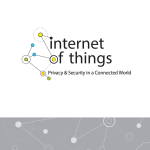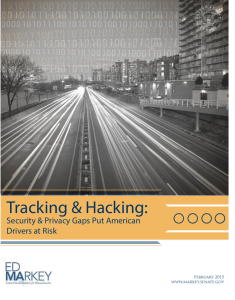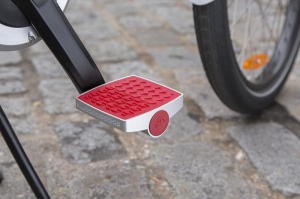Smart cities are one of the Internet of Things’ most promising areas — as well as one of the most potentially dangerous.
As this list of smart city initiatives shows, The IoT can reduce energy consumption, cut operating costs, and improve the quality of life. However, if hacked, it could also potentially paralyze an entire city and plunge it into darkness and/or create traffic gridlock.
As in so many other IoT areas, which scenario wins out will rest increasingly on making security and privacy in smart cities an absolute priority from Day 1, not an afterthought.
A recent New York Times article brings the issue to the foreground again, through the work of Cesar Cerrudo, an Argentine security researcher and chief technology officer at IOActive Labs, who showed what happens when idiots (so sue me…) decide not to make security a priority:
” (he) demonstrated how 200,000 traffic control sensors installed in major hubs like Washington; New York; New Jersey; San Francisco; Seattle; Lyon, France; and Melbourne, Australia, were vulnerable to attack. Mr. Cerrudo showed how information coming from these sensors could be intercepted from 1,500 feet away — or even by drone — because one company had failed to encrypt its traffic.
“Just last Saturday, Mr. Cerrudo tested the same traffic sensors in San Francisco and found that, one year later, they were still not encrypted.”
Even worse, Cerrudo found the same failure to bake in obvious security measures such as encryption in a wide range of other smart city devices and software.
The article goes on to cite a variety of very real cybersecurity threats to cities and critical infrastructure (don’t forget that about 85% of the nation’s critical infrastructure is in private ownership) including a break-in at a utility’s control network by a “sophisticated threat actor” that just guessed a password.
Among the measures Cerrudo suggests that cities take to reduce their vulnerability:
- think of cities “as vast attack surfaces that require security protection just as a corporate network might.”
- encrypt data, use strong passwords, and patch security holes
- create computer emergency response teams (CERTs), for rapid response
- restrict data access and monitor who does have it.
- “Finally, he suggests that cities prepare for the worst, as they would for a natural disaster.”
He concluded:
“When we see that the data that feeds smart city systems is blindly trusted and can be easily manipulated — that the systems can be easily hacked and there are security problems everywhere — that is when smart cities become dumb cities.” (my emphasis)
Let me be blunt about it: whether in smart cities or any other aspect of the Internet of Things, if your attitude is “we’ll get around to security” after concentrating on product development, you’re irresponsible and deserve to fail — before your irresponsibility harms others.
BTW, here’s a great way for you to have a role in shaping tomorrow’s smart cities. IBM (who would have thunk it? I suspect this is reflects Ginni Rometty’s change in direction and attitude at the top) has created People for Smarter Cities, a new site to crowdsource ideas for how to make cities smarter. It’s a great example of democratizing innovation, one of my IoT Essential Truths. I plan to contribute and hope you will as well!





